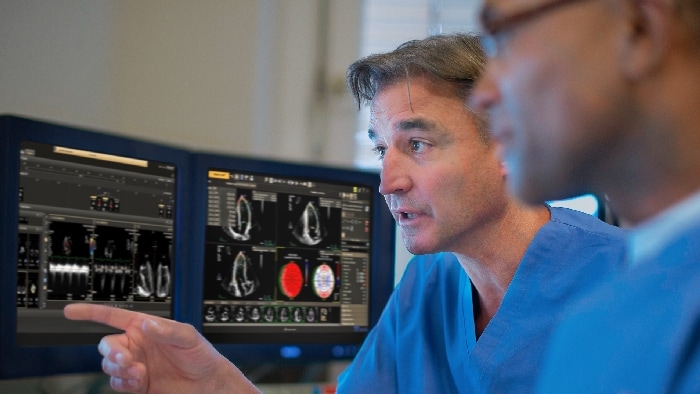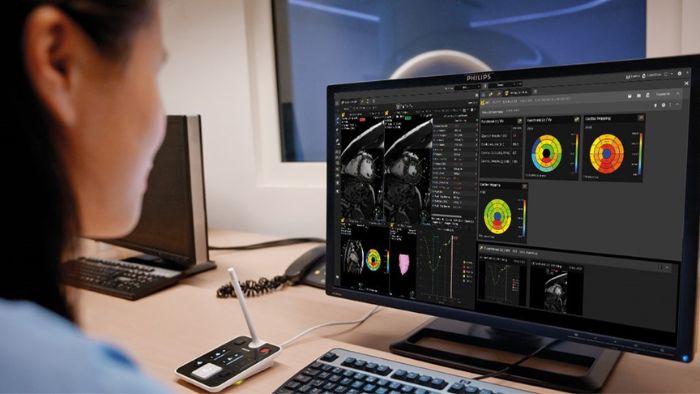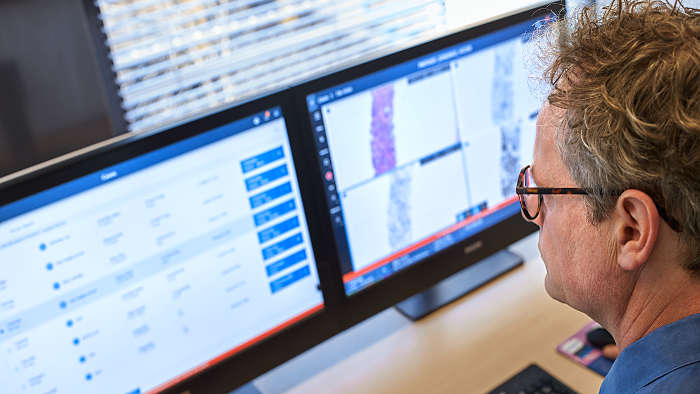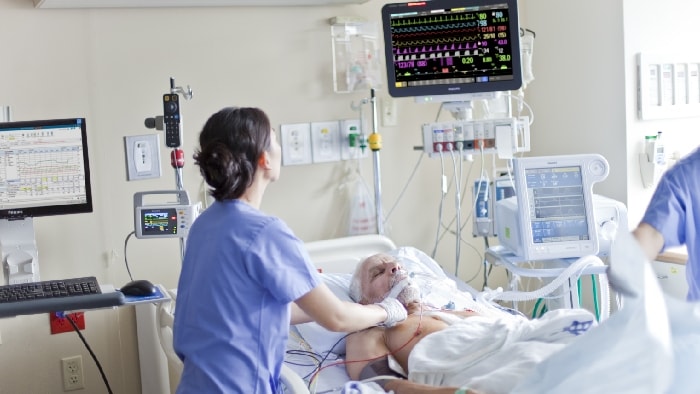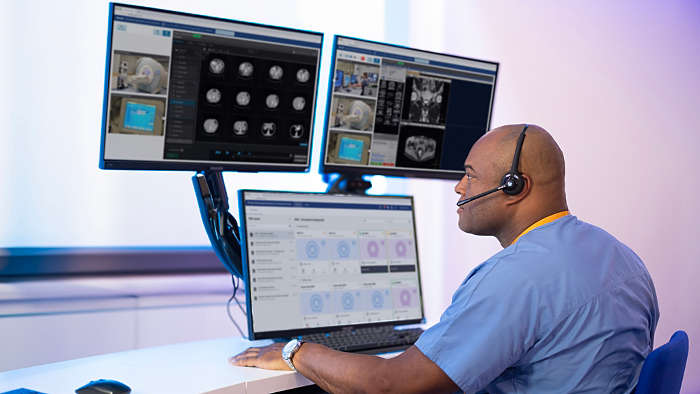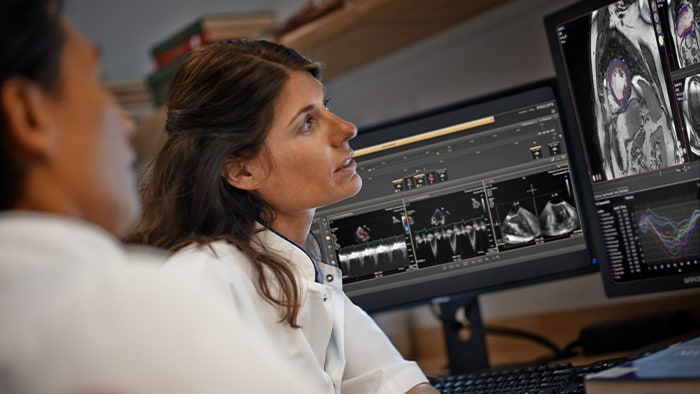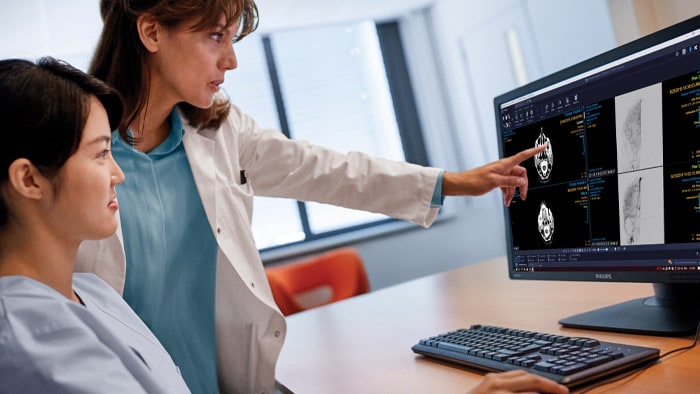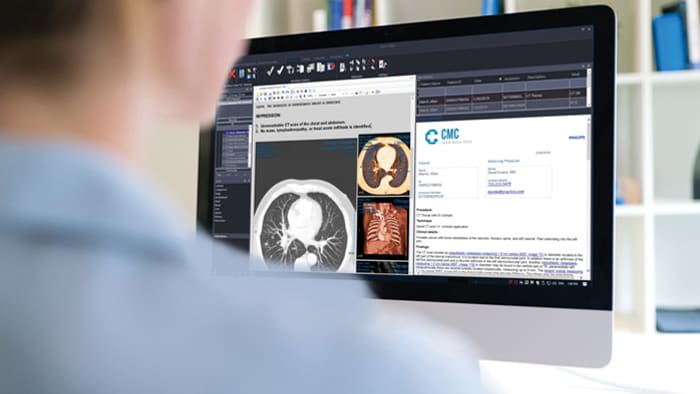Healthcare Informatics
As a clinical-first, health technology company, our enterprise informatics solutions are designed to advance clinical workflows and operational efficiency while improving patient and staff experience. We do this by generating native patient data and then connecting and distilling the data from any device – no matter the vendor. Now, clinicians can see a live, digital patient story – giving them intelligence for the moment and insights to help them see beyond.
A smart, more holistic way to connect care.
What if you could give your clinicians a live, streaming view of the patient story that could help them make more confident clinical decisions – from anywhere in the hospital – potentially leading to faster speed to diagnosis, improved outcomes and, ultimately, a better patient experience? Now, you can.

Imagine if your healthcare organization had on-demand access to insights in every part of your business, in both clinical and operational settings. Seamless, reliable data exchange between patient and practitioner, and across every device, generates informative, actionable insights embedded in your workflow, providing operational forecasting, clinical prediction, and enhancing the patient experience."
Shez Partovi, Philips Enterprise Informatics Leader
Featured solutions in Healthcare Informatics
Discover our solutions that aim to transform large amounts of clinical data into integrated information that can help guide patient care throughout your enterprise.
Featured innovation
Philips Radiology Operations Command Center (ROCC) is a multi-vendor, multi-modality, multi-site virtualized imaging solution that seamlessly connects Imaging Experts at a command center with Technologists at scan locations across their organization.
CIO challenges
-
![What if your hospital systems exchanged data seamlessly?]()
What if your hospital systems exchanged data seamlessly?
Click here to read more -
![Workflow orchestration]()
Workflow orchestration
Click here to read more -
![Tele-acquisition and remote collaboration]()
Tele-acquisition and remote collaboration
Click here to read more -
![Streamlining image interpretation and reporting]()
Streamlining image interpretation and reporting
Click here to read more -
![Reporting and results communication]()
Reporting and results communication
Click here to read more -
![What if you had access to all relevant data so you could provide better care?]()
What if you had access to all relevant data so you could provide better care?
Click here to read more


